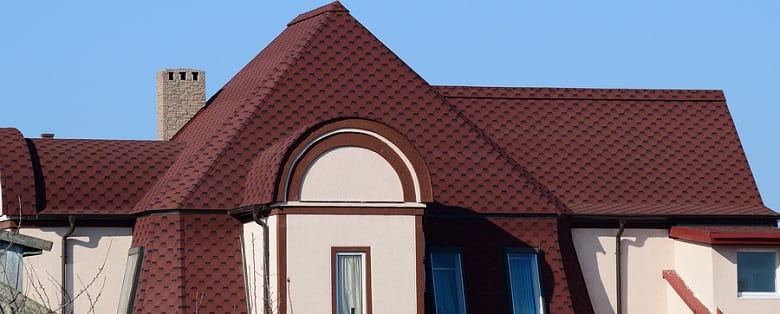
Every roof is comprised of multiple protective layers, with one of those layers being the underlayment. Underlayment is a sort of fabric used in roofing that is laid under the shingles and over the decking, helping to create a waterproof barrier above a building. Underlayment can also serve other purposes as well. It is made from a variety of materials and available in many different types. When installing a new roof, homeowners should discuss the different types of underlayment available with their roofing services company, to ensure the best type is used for their installation.
The Multiple Purposes of Underlayment
Underlayment is used to protect roof decking by preventing moisture that may seep between shingles from actually reaching the wood roof structure. It can also act to protect the roofing material from ultraviolet rays, depending on what the underlayment is made of, and if it is reflective. Traditionally, roofing and asphalt felt have been used, as this material wicks water away from shingles and prevents it from passing through to the decking, allowing the water to quickly evaporate. More recent advances in underlayment technology has brought a number of other products to the marketplace; and roofing services are beginning to turn to these newer, synthetic underlayments today, more than the traditional materials.
Improved Underlayment for Better Roofing
Today, synthetic underlayments made from polypropylene, polyester, fiberglass fabric, and similar materials now exist. Roofing services that use these newer materials are seeing great improvements over the traditional roofing felt. These synthetic materials are not only more water resistant and waterproof in many cases, but they are also much more durable and tear resistant. Surpassing roofing felt, synthetic types of underlayment have a much longer service life, providing excellent protection throughout the lifespan of the roof. These materials resist damage caused by walking on the roof, are more breathable than roofing felt, and provide much greater UV protection, improving overall roof efficiency.
Still, even with these more modern and efficient underlayment products available today, some roofing material manufacturers who believe in the tried and true performance of roofing felt are also improving the quality of this traditional material, so it offers better waterproofing and breathability.
Underlayment and Breathability
Breathability is an important quality of underlayment, since when combined with adequate attic and roof ventilation, it is responsible for keeping the roof moisture free. When underlayment lacks breathability, moisture can build up under the roofing material, unless there is sufficient ventilation to prevent this from happening. More breathable underlayment helps by allowing warm, moist air to pass through the roofing surface, reducing moisture build-up, and the potential damage that can come with it.
Although not every roofer uses underlayment when they install new roofing, most companies provide this as part of their service. It is cheap protection against the elements, and can serve many other useful purposes; even protecting a roof from damage caused by moisture. Homeowners in need of new roofing can discuss the various qualities and benefits that newer underlayment products can offer with their roofing services, ensuring they get the best roof installation possible!
Searching For Roofing Services In College Station TX?
Done Right Roofing Is Your Go-To Roofing Services!
Contact Them At 979-710-7839!
Additional Articles:
How to Protect Your Roof From A Hurricane's Strong Winds!
Roof Warning Signs - What Do They Mean?
Noisy Roofs - Find the Problem and Fix It!
